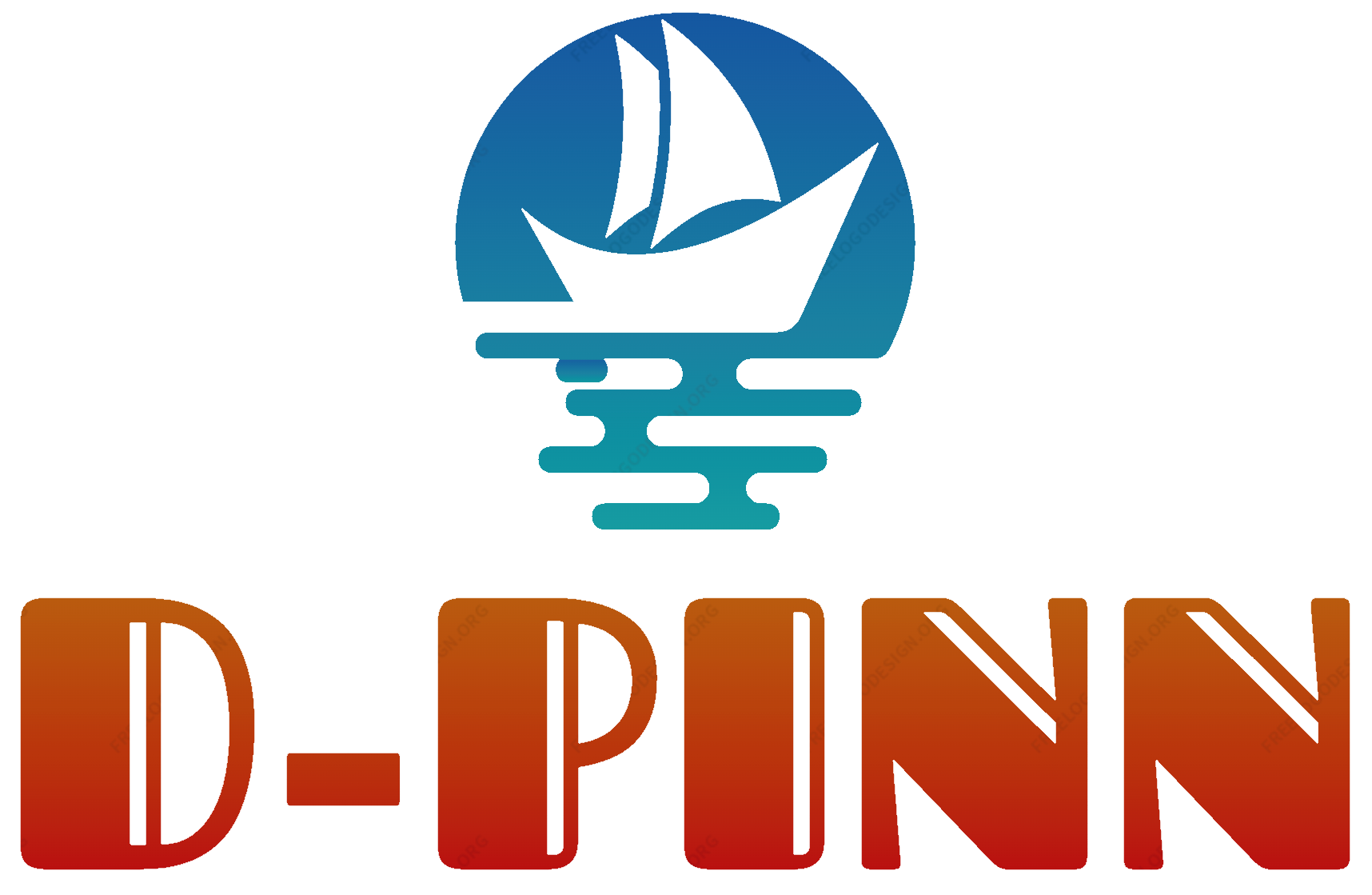As companies seek to innovate and shorten time-to-market, smaller, cross-functional agile teams are becoming more commonplace. These teams can make decisions quickly, leading to a competitive advantage.
However, Agility shouldn’t come at the expense of informed decision-making. Too often, leaders fall into the trap of using disparate data to make decisions.
Improved Collaboration
Collaborating effectively is essential for a successful business in today’s fast-paced world. It allows companies to meet many goals, such as increasing sales, expanding into new markets, or improving customer satisfaction.
It also helps companies to overcome challenges and obstacles. When team members develop creative solutions to problems, they can improve their performance and productivity.
Collaboration software allows employees to connect remotely and work on projects from any location and time zone. This is especially helpful for teams that operate in different countries and regions and those working remotely or with a distributed workforce.
A sense of connection at work matters to people, increasing their engagement and loyalty to the company. When workers feel their ideas and efforts are contributing to the company’s success, they devote more time to their jobs and stay with the company for longer.
Creating a collaborative culture starts at the top. The best companies have a clear set of rules for collaboration, and they encourage it by role modeling it. Ultimately, it’s up to employees to decide whether they believe in their leaders’ artistic goals and follow them. They will likely find work elsewhere and contribute less to the organization if they do.
Increased Innovation
Team agility is critical in today’s business world. The unpredictable VUCA environment requires businesses to innovate and adapt quickly and effectively.
Research shows that effective collaboration and trust are vital ingredients for successful innovation. The ability to bring people together from various backgrounds, experiences, and areas of expertise creates a fertile ground for ideation, prototyping, selection, and implementation.
But team effectiveness isn’t just about the individual traits of the team members; it also relies on a team climate or how teams interact with one another. This climate can change rapidly as leaders and influential team members come and go.
When a team climate isn’t agile, it can slow the innovation process down and negatively impact company culture. However, an agile team creates an innovative environment that drives competitive relevance and continuous improvement over time.
The Team Agility Predictor is a team effectiveness assessment that provides a holistic measure of how your team performs on these character strengths. Understanding where your team is now and how it can improve is the first step toward generativity. It also provides suggestions for ways to enhance their effectiveness as a team. It also helps teams understand how they’re currently working together, giving them a metric for how they are doing.
Learning Agility is the ability to keep goals clearly defined (Results Agility), be aware of one’s strengths and weaknesses (Self-Awareness), and be willing to explore new things (Change Agility). The results show that high-performing teams have more balance in these character strengths than low-performing teams.
Increased Productivity
When team members work together to achieve a goal, they have a more significant stake in its success. This commitment makes them willing to put in extra effort and helps the company grow. It also helps them build their skill sets and prepares them for future job opportunities.
In addition, improved productivity can lower stress levels and improve employee morale. This is because it allows them to complete tasks within their allocated time. In addition, it creates more time for high-priority activities and eliminates lower-priority tasks that waste their time and energy.
Moreover, it increases their job satisfaction and motivates them to do more. It also increases their commitment to their employers and personal goals, strengthening their relationship with the company.
Furthermore, improved productivity can help an organization gain a competitive edge. It can lead to higher sales, more customers, and a higher profit margin.
It can also help to increase employee retention rates. When employees have a solid commitment to their job and are allowed to make crucial decisions, they are more likely to stay with their employers longer.
The ability to respond quickly to changing business situations is crucial to a firm’s performance. Managers must understand how their teams can become more agile to improve their firms’ multifactor productivity (MFP) and profitability.
Better Decision-Making
The ability to make sound decisions is a critical business skill. It leads to more excellent job opportunities, higher productivity, and increased happiness. It also helps employees avoid costly mistakes and improve the quality of their work.
However, as markets evolve increasingly rapidly, large organizations commonly miss opportunities or react slowly to threats due to slow or inefficient decision-making. A simple checklist about people, governance, and strategic planning can help managers recognize decision-making issues proactively to increase Agility in their firm.
Inefficient decisions can also result from a lack of a transparent decision-making process. Many factors, including unclear goals, insufficient communication, and a lack of alignment among stakeholders, can cause this.
Similarly, poor decision-making can also be caused by a lack of data insight. Rather than investing in an organization’s strategy and using data to inform it, many companies fall into the trap of deploying multiple systems based on instinct, speculation, or theory.
To prevent this from happening, leadership teams need to focus on a single source of data, cleaning up that information and agreeing on terminology that everyone shares and understands. This is the first step to improving decision-making.
Once a decision-making process has been created, it can be implemented in a way that best suits your team’s needs. For example, if you’re running a new project and need to hire a team member, create a process that allows everyone to weigh the benefits and costs of hiring someone. This will make the hiring process more effective and reduce the risk of hiring someone who needs to gain the right skills.

